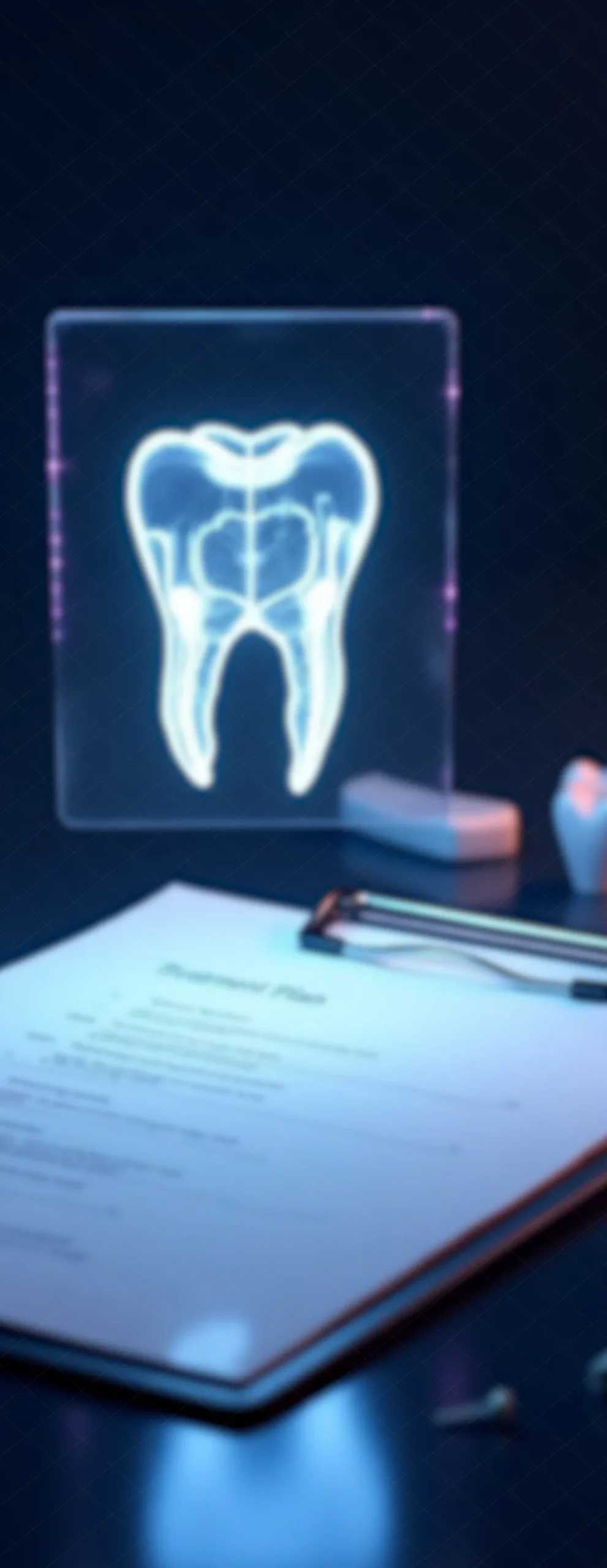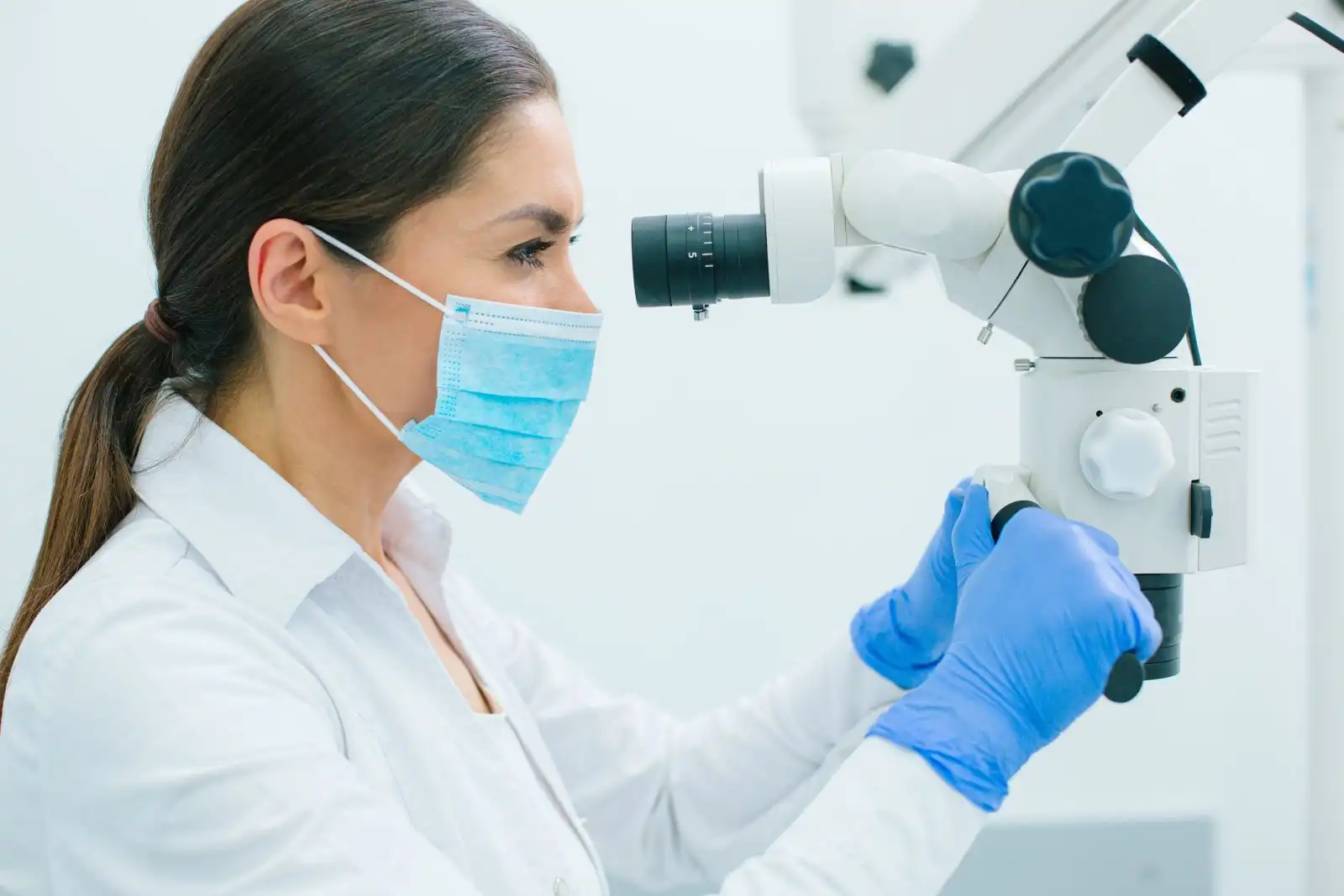
Microscopic Root Canal Treatment
With the Most Advanced Technique Available Today!
We save salvageable teeth – completely painlessly.
Do you want to preserve your teeth as long as possible, without extractions and without pain?
Would you like your root canal–treated tooth to last a lifetime?
During root canal therapy, the root canals are cleaned and then sealed with a filling or covered with a crown. Treatment is usually necessary when the dental pulp has become necrotic, for example due to advanced dental caries, and the tooth can only be saved this way. With this procedure, tooth extraction can often be avoided.


When Is Microscopic Root Canal Treatment Necessary?
- It allows for greater precision, since treatment is performed under magnification.
- In cases of complex root canal anatomy – e.g., when the canals are highly curved, difficult to locate, or have multiple branches.
- In cases of retreatment – if a previous root canal treatment failed, and radiographs show persistent periapical inflammation or abscess formation. Retreatment offers a new chance to save the tooth, but it requires magnification and meticulous care.
- For the removal of fractured instruments inside the root canal. Instruments broken during prior endodontic treatment can almost exclusively be removed or bypassed under magnification.
The Procedure of Microscopic Root Canal Therapy
- After local anesthesia, the tooth is isolated with a rubber dam to prevent contamination of the operative field with oral bacteria.
- A small access cavity is drilled into the crown of the tooth to reach the pulp chamber and root canals – all performed under the dental operating microscope.
- Using an electronic apex locator, the precise working length of the canals is determined to allow thorough cleaning of the entire root canal system.
- The canals are cleaned and shaped with special rotary endodontic instruments, which are more effective and comfortable than traditional hand instrumentation.
- If the canals can be completely dried, the next step is the placement of the root canal filling (obturation) and the temporary restoration of the tooth.
- If the canals cannot be dried, a disinfectant is placed in the cavity and the access is sealed temporarily; final obturation is carried out later.
- After successful root canal filling, the inflammation at the root apex typically heals spontaneously, as the body’s immune system eliminates residual bacteria and the bone regenerates.
Pain-Free, Modern Treatment
Although many patients fear root canal therapy, with today’s modern materials and techniques, the procedure is entirely pain-free and can often be completed in a single session.


